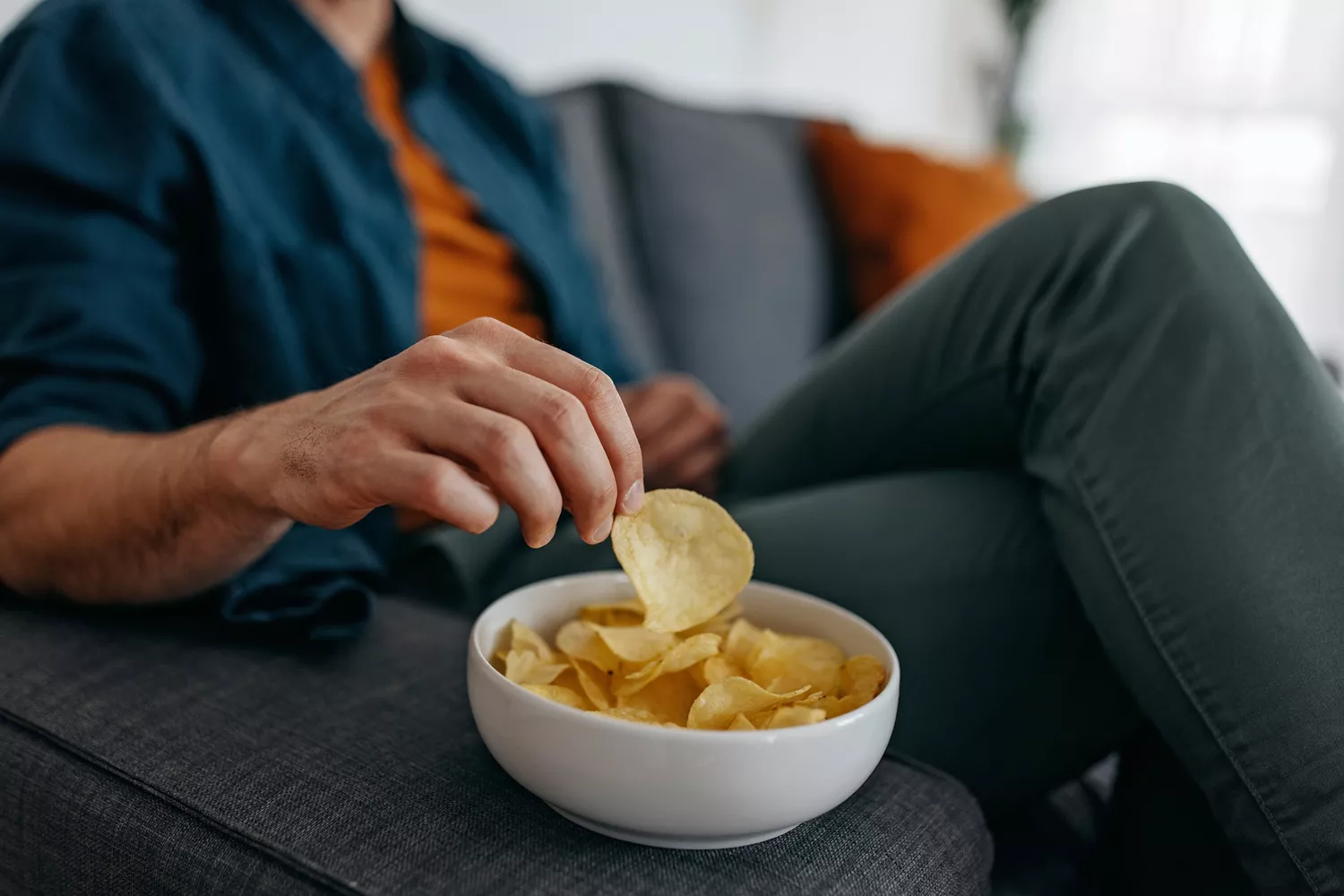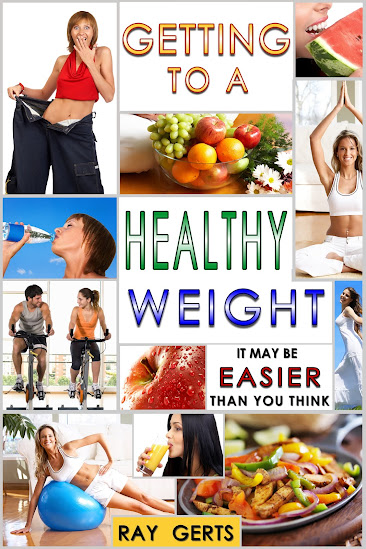The article will discuss ultra-processed foods, how they may affect health,
and how to make better food choices.

Ultra-processed foods are snacks, breakfast cereals, ready-made meals,
and desserts, which are mostly made of chemically modified substances extracted
from food, including sugar, salt, fat, artificial colors and flavors, and
preservatives.1 These foods typically contain minimal whole foods and
only low amounts of vitamins and minerals. Consuming too much
ultra-processed food could have health consequences. This is mainly due
to the extra, modified ingredients they contain.
The purpose of ultra-processing is to create convenient, durable, and
ready-to-consume foods. These foods are often made of low-cost ingredients,
packaged attractively, and heavily marketed.
These foods are considered natural foods and include edible parts of plants
and animals. They are either unprocessed or minimally processed in a way
that preserves their natural state. Their processes include cleaning, grinding,
refrigerating, pasteurizing, freezing, fermenting, and packaging.
Most of these foods can be prepared or cooked at home or in a restaurant
setting. Such foods include fresh and frozen fruits and vegetables, grains,
meat, milk, and herbs.
Processed culinary ingredients include butter, oils, sugar, and salt.
They are derived from nature through various processes, including refining,
pressing, grinding, or drying. By processing these ingredients, they become
more suitable for home and restaurant use and can be used in various dishes,
including stews and soups, bread, drinks, and desserts. Culinary ingredients
are not meant to be consumed alone and are typically used with group 1 foods.
Category 3 includes canned vegetables, fish and meats, fruit in syrup, cheese,
and freshly made bread that are made using ingredients from groups 1 and 2.
These foods are processed using preservation or cooking techniques and have
added salts, sugars, and fats.
Most foods in Group 3 consist of two or more ingredients and tend to be
modified versions of foods from Group 1. They can be eaten on their own or
combined with other foods. The purpose of processing them is to modify or
enhance their taste, texture, and durability.
Foods in group 4 undergo industrial processes. While containing minimal
whole foods, they also contain additives, salt, sugar, and oils. They include
energy sources and nutrients outside of culinary preparations, leaving very
little intact of their group 1 states.
To Summarize,
Processed foods are Grouped by how or what they are made from. Group 1
is the best of the processed foods category. Group 2 is not quite as nutritious
and Group 3 is not quite as good as Group 2. Group 4 {known as ultra-processed}
is the worst of all and the only reason only reason it's called food is because
you can eat it but there isn't any nutrition because the processing has destroyed
any nutrition that might have been in the whole grains or anything else.
Follow me on X, the former Twitter, @ray0369 to get a link to my latest posts.
If you want to lose your body fat look for my e-books at the websites listed below. You’ll get information on Healthy eating, exercise, and diet. Instead of spending hours on
the internet reading dozens of posts, you can save time by picking up one of my
e-books. There are two e-books. “How Bad Do You Want To Lose Weight?” is
available at all the online bookstores selling for $3.99. Go to any of the websites
below and search the title to find my e-book. This book gives you all you need to
lose weight without spending money on gym memberships, diet plans, or meal plans.
Look for my first book at Amazon.com, bn.com, iBooks, Kobo.com, Scribd.com, or
Gardner Books in the U.K.
My new e-book is available on Smashwords.com and other online bookstores.
Just type “getting to a Healthy Weight” in the search box at the top of the
home page.
Look for my podcast by searching “How Bad Do You Want To Lose Weight” on
the podcast app that you use. You’ll see a piece of my book cover.






